1. Forced Perspective Makes Giants and Hobbits

The next time you’re immersed in a movie’s magic, you should be aware that even the most impossible moments are simply a triumph of calculated art and science designed to fool your eyes and ignite your imagination. Here are 12 instances…
This simple, camera-based technique plays with depth perception to make objects or people appear much closer or farther away, and therefore larger or smaller, than they truly are. By carefully positioning actors and props at different distances from the camera, filmmakers create the illusion of vast size disparity. A famous example is Peter Jackson’s The Lord of the Rings trilogy, where normal-sized actors convincingly played diminutive Hobbits next to their human counterparts. The trick relies on the camera’s fixed viewpoint, forcing the audience’s brain to interpret distance and size in a specific, manipulated way.
2. Matte Paintings Build Grand Backgrounds

Before advanced computer-generated imagery (CGI), matte paintings were essential for creating fantastical or enormous backdrops that were too expensive, impractical, or impossible to build in real life. These were highly detailed paintings, originally done on glass, that were then composited with live-action footage. The painted part of the image, or “matte,” masked off sections of the film strip, allowing the live action to be exposed. Classic films like The Ten Commandments and Forbidden Planet used these masterful paintings to render epic cities, alien landscapes, or cavernous environments, convincing viewers they were looking at massive, real-world sets.
3. Rear Projection Gives Actors a Moving View
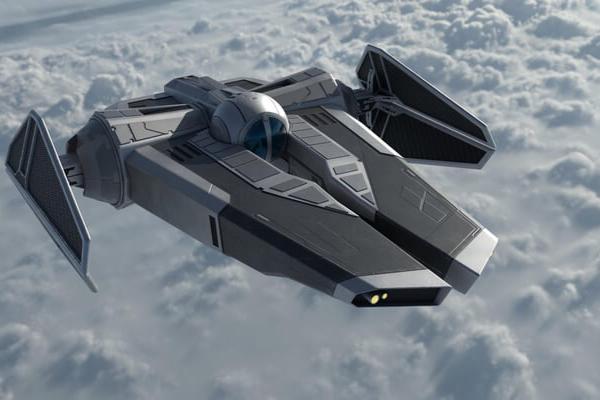
To film characters driving a car or flying a spaceship without actually moving, filmmakers relied on rear projection. This technique involves filming the live action (the actors in the vehicle) in a studio while projecting pre-recorded background footage onto a screen behind them. The camera captures both the actors and the projected scene simultaneously, creating the convincing illusion that the vehicle is in motion. While largely replaced by green screens today, it was a staple of classical cinema, used effectively in films like Alfred Hitchcock’s North by Northwest and even in the original Star Wars trilogy for cockpit views.
4. Bullet Hits and Blood Come from Squibs
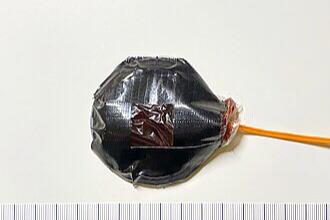
The visceral effect of an actor being shot and bleeding realistically is often achieved using a practical effect called a “squib.” A squib is a small explosive charge or a mechanical device rigged with a packet of fake blood. It is carefully attached to the actor’s costume or a break-away prop. When detonated by a technician off-camera, the device mimics the impact of a bullet by tearing the fabric and releasing the blood packet in a quick, forceful spray. These effects are highly regulated for safety and must be precisely timed to coincide with the sound effect and the actor’s performance to sell the violent illusion.
5. Stop-Motion Animation Brings the Inanimate to Life
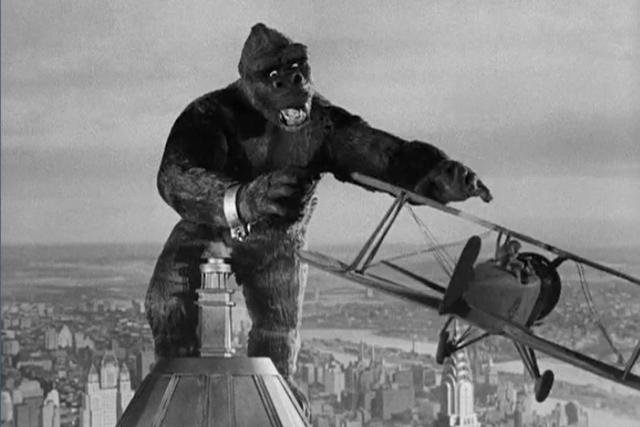
Stop-motion is a laborious and traditional form of animation that creates the illusion of movement by capturing a physical object that is subtly moved and photographed one frame at a time. When the sequence of frames is played back rapidly (typically at 24 frames per second), the inanimate object appears to move on its own. Pioneering films like King Kong (1933), which featured an animated ape fighting off live-action planes, and later, the works of Ray Harryhausen, captivated audiences with realistic-looking creatures and effects. The technique’s painstaking precision is what gives the final motion its lifelike, though often slightly surreal, quality.
6. Miniature Models Create Epic Scale
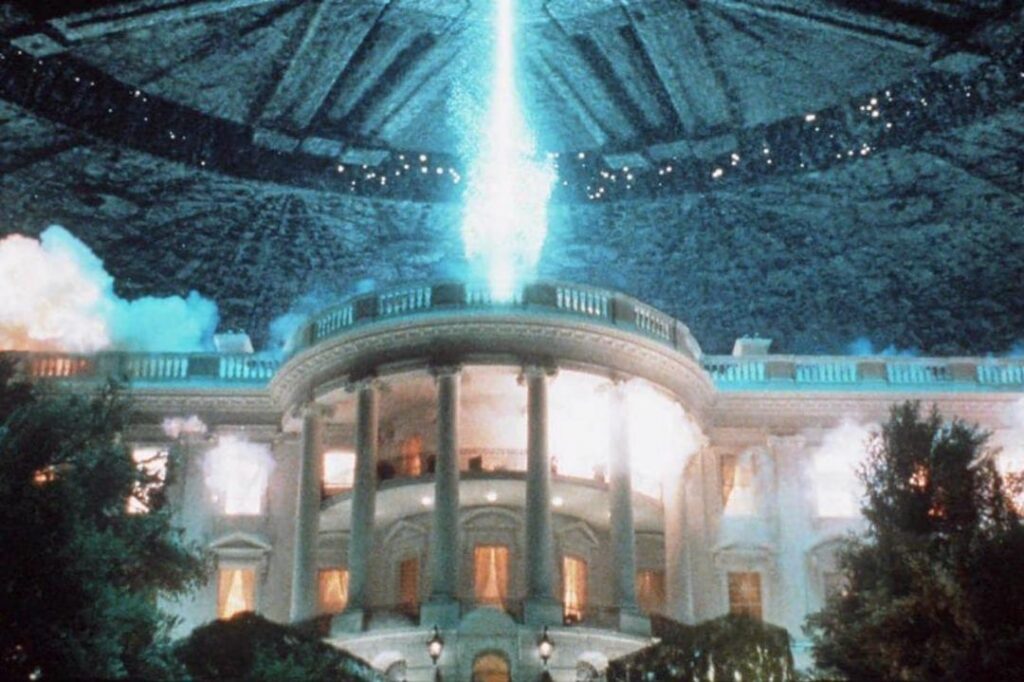
While CGI now dominates the depiction of massive structures or vehicles, model making was once the primary method for creating large-scale destruction and grand set pieces. These highly detailed, small-scale replicas, often called “miniatures,” were carefully filmed to appear life-sized. Explosions or crashes involving these models, like the spaceships in the original Star Wars films or the destruction of the White House in Independence Day, were far safer and more controllable than performing the stunts with full-scale objects. Cinematographers often used high frame rates and special lenses to manipulate depth of field, making the models appear convincingly enormous.
7. Green Screens Allow Any Background
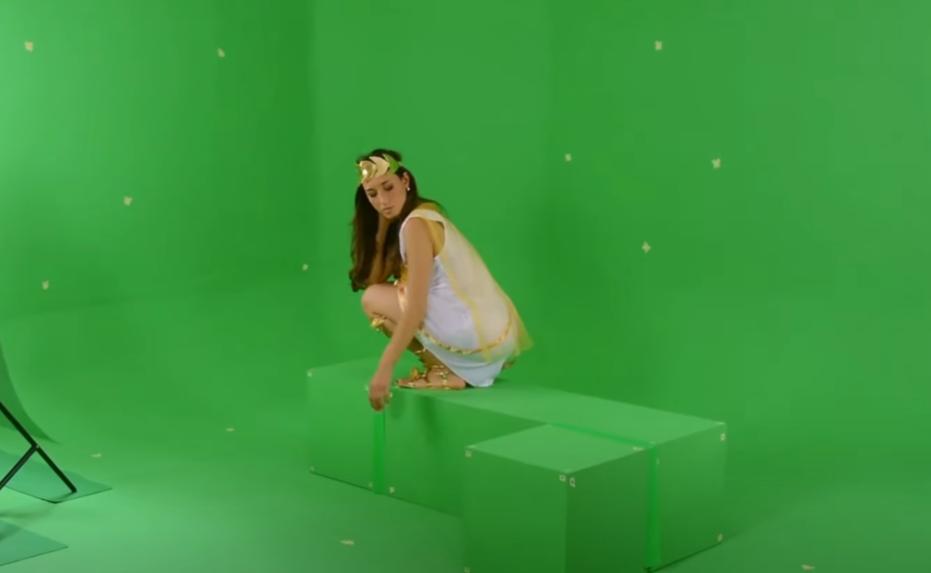
The green screen (or sometimes blue screen) technique, known as chroma keying, is a foundational digital effect used in almost every modern movie. It involves filming an actor or object against a uniformly colored background (usually green because it is distinct from human skin tones). In post-production, the specific color is digitally removed, or “keyed out,” and replaced with any other desired background, whether it’s a detailed street scene, a fantastical alien world, or a complex digital environment. This simple method allows actors to interact believably with settings that either don’t exist or are prohibitively expensive to travel to or build.
8. Wire Removal Creates Weightlessness
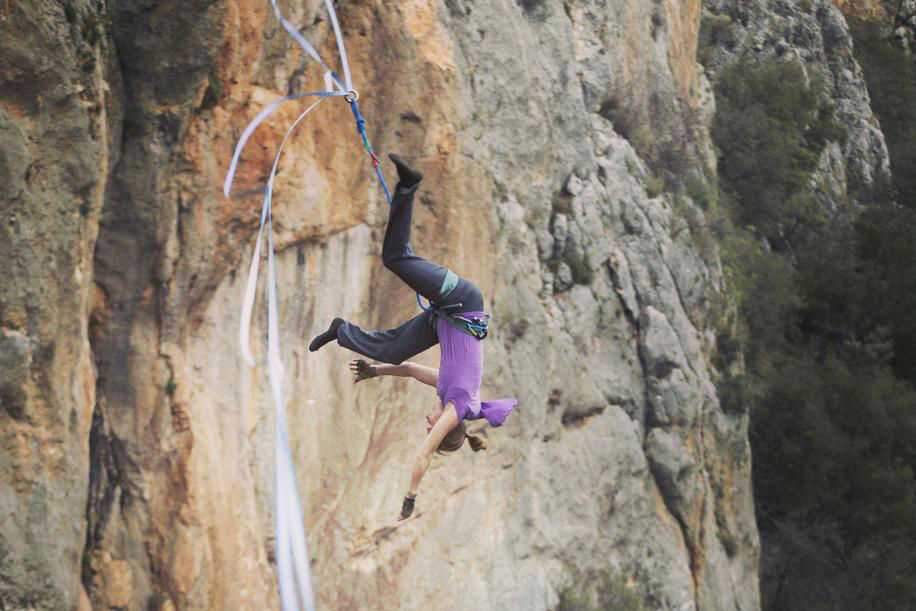
To simulate flying, falling, or weightlessness, actors are often suspended by a harness attached to thin, high-tensile wires during filming. These wires support the actor and allow stunt coordinators to control their movement safely. In post-production, the digital effects team meticulously “paints out” or digitally removes the wires from the footage, leaving the final audience with the impression that the actor is defying gravity or performing an impossible maneuver unaided. This technique is indispensable for superhero films and action sequences, allowing for dynamic, physics-defying stunts that would otherwise be impossible to achieve practically.
9. The Dolly Zoom Distorts Perspective

Also known as the “Vertigo effect” after its famous use in the Hitchcock film, the dolly zoom is a camera technique that creates a disconcerting, unsettling visual distortion. It is achieved by simultaneously moving the camera on a dolly (closer to or farther from the subject) while zooming the lens in the opposite direction. The result is a shot where the subject remains relatively the same size in the frame, but the background appears to dramatically compress or expand around them, generating a feeling of psychological shock or revelation that is highly effective at underscoring intense emotional moments in cinema.
10. Digital De-Aging Rewrites Time
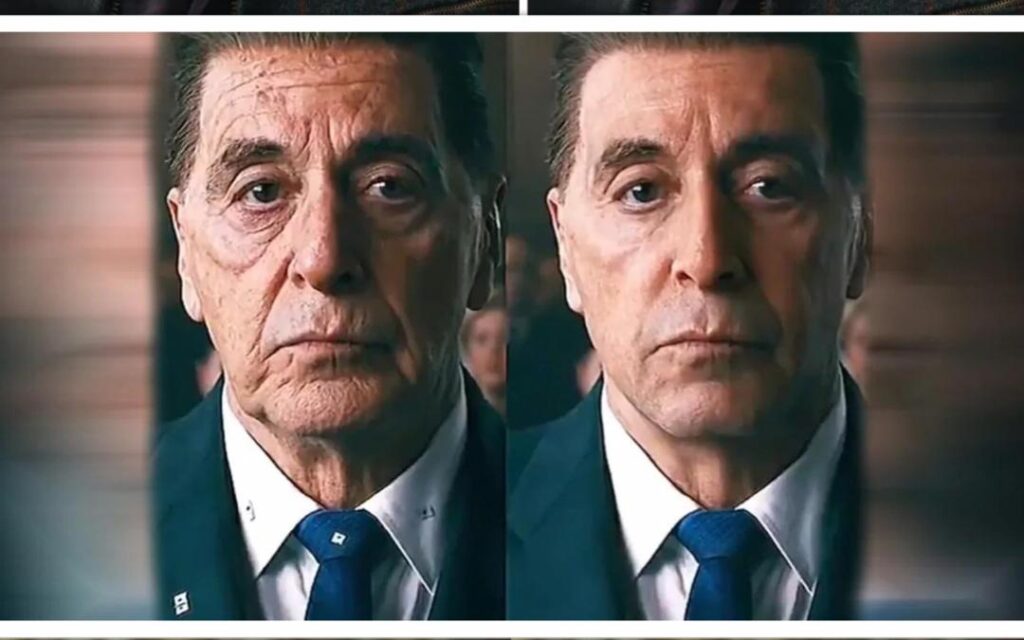
The illusion of characters appearing decades younger or older than the actor’s current age is achieved using advanced digital de-aging, a complex form of visual effects. This process involves digitally altering the actor’s face in post-production, often frame by frame. Technicians use software to smooth wrinkles, adjust skin texture, fill out facial fat, and sometimes even map a younger version of the actor’s face onto the performance. Blockbusters like Martin Scorsese’s The Irishman or parts of the Marvel Cinematic Universe showcase this technique, challenging the audience to believe they are watching the actor at a different point in their life.
11. Breakaway Props Ensure Safety
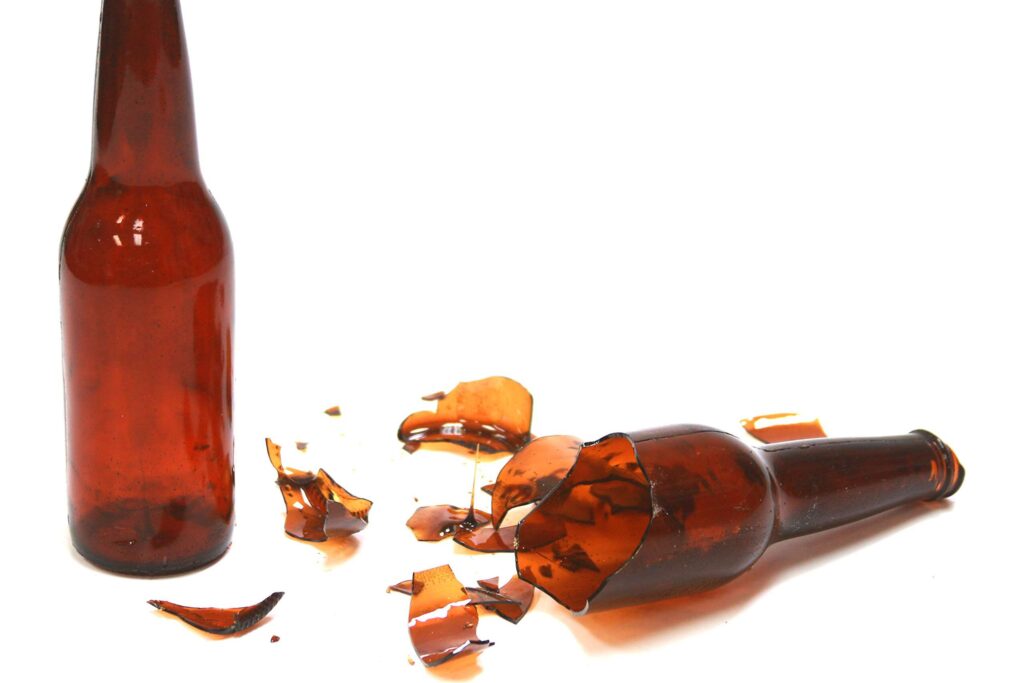
Many seemingly dangerous moments, a character falling through a pane of glass or being hit over the head with a bottle, are made safe through the use of “breakaway props.” These are objects meticulously crafted from materials like sugar glass, plastic, or balsa wood, designed to shatter or crumble harmlessly upon impact. Sugar glass, for example, is a type of brittle confectionary that looks convincingly like real glass but poses no danger to the actors or stunt performers. This practical effect ensures that realistic, high-impact violence can be filmed without causing injury.
12. Digital Compositing Blends All Elements
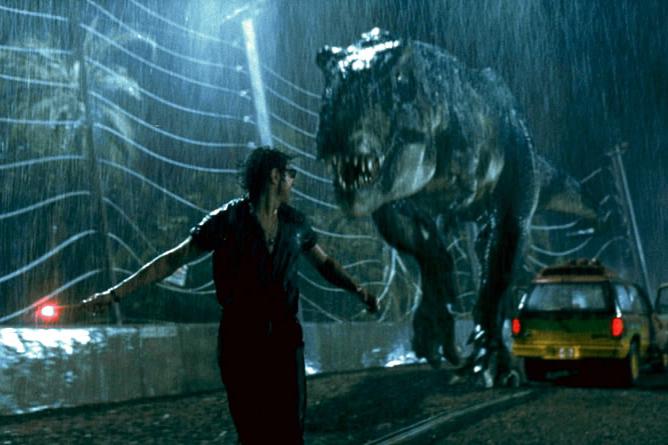
At the core of nearly all visual effects, both practical and digital, is the process of digital compositing. This is the act of combining various visual elements from separate sources into a single, seamless final image. For example, a scene might involve a live-action shot of an actor, a background created with a green screen, a miniature model of a building, and a CGI monster. Compositing is the complex process of layering, color-matching, and blending all these disparate pieces together with perfect lighting and shadow consistency so that they appear to have been filmed together in a single, cohesive moment, ultimately fooling the viewer’s eye.
It’s truly astonishing to see the creativity and technical genius that goes into every frame of a movie.
Like this story? Add your thoughts in the comments, thank you.
This story 12 Illusions Movies Use That Totally Fooled Us was first published on Daily FETCH


